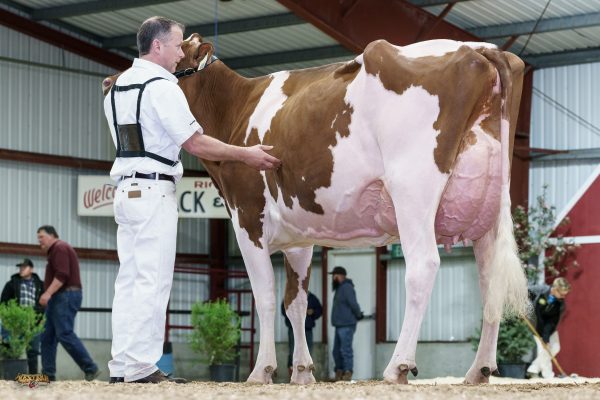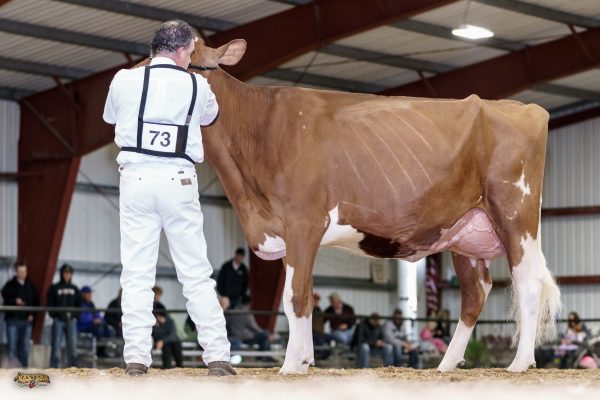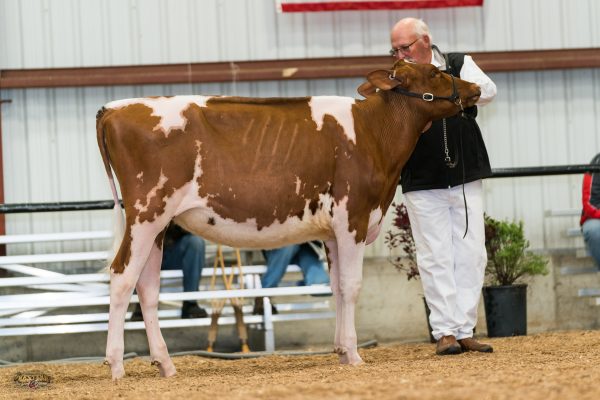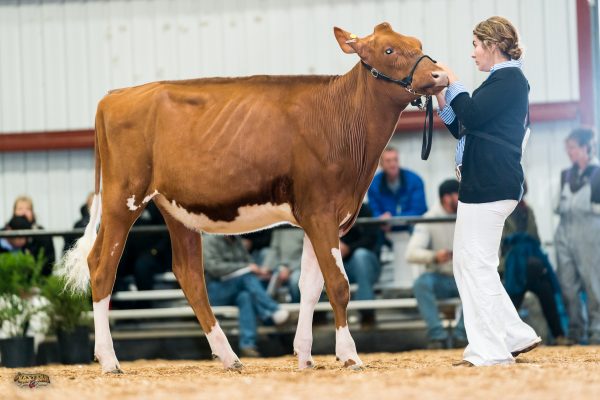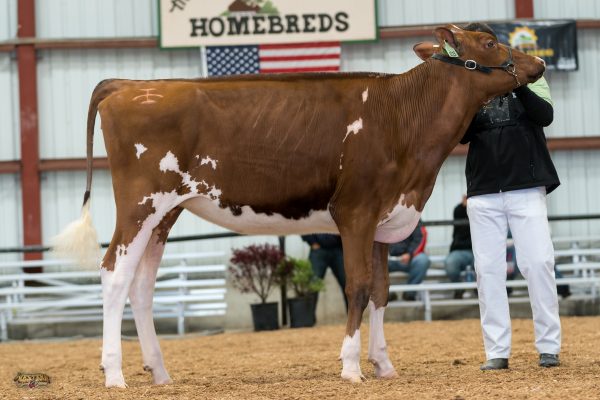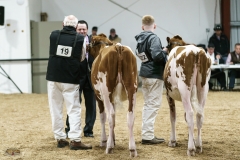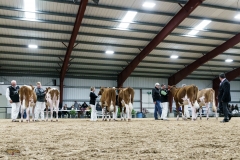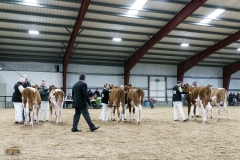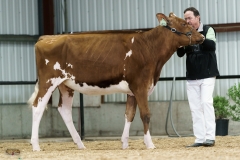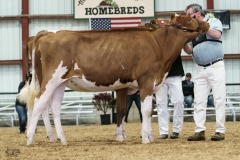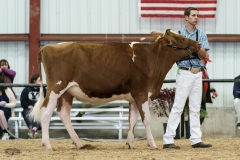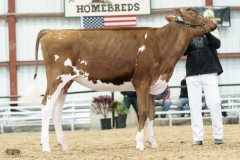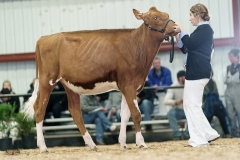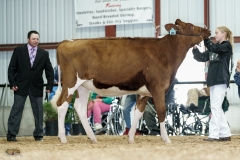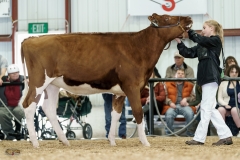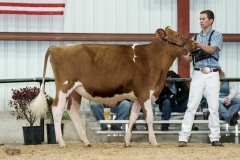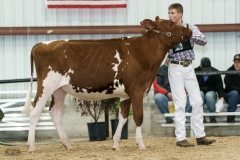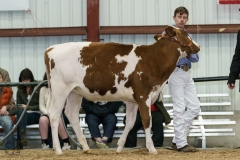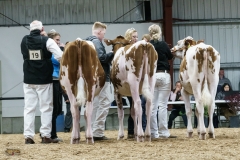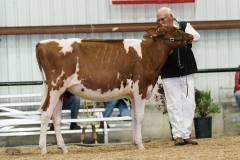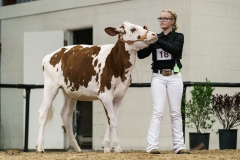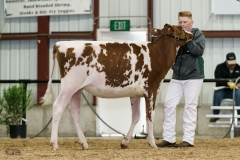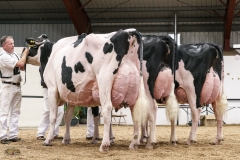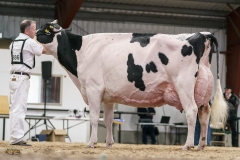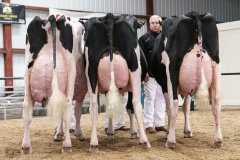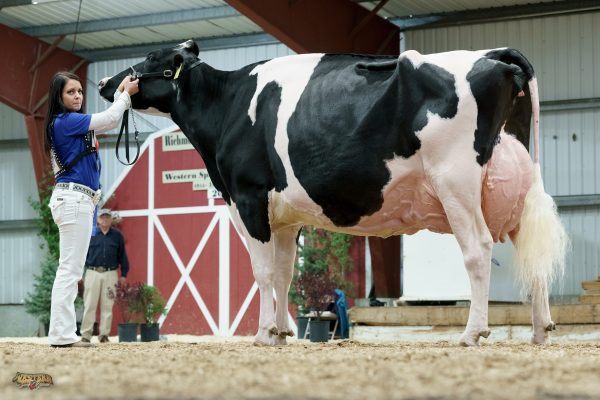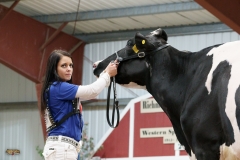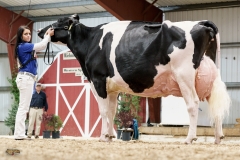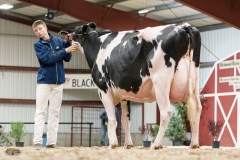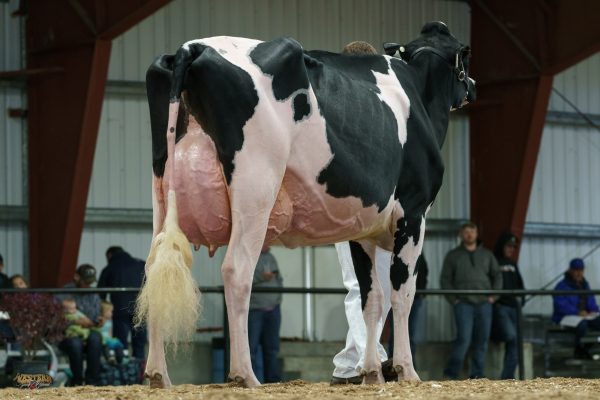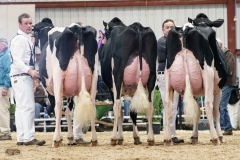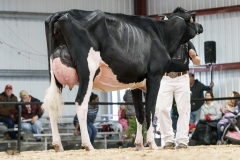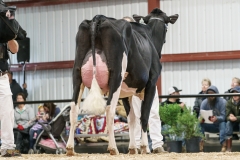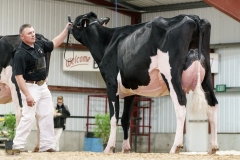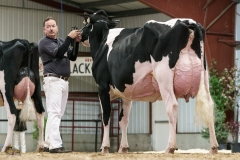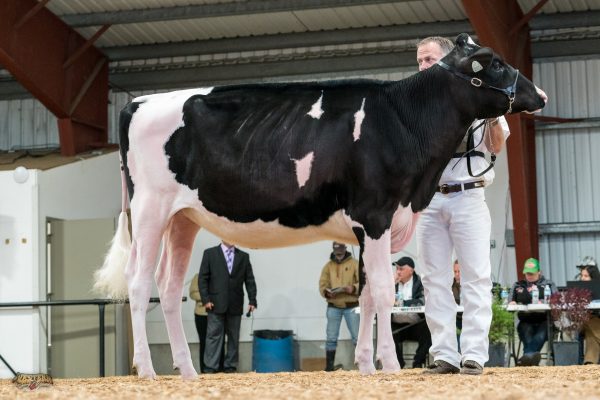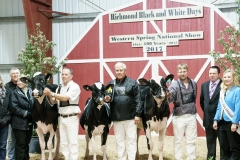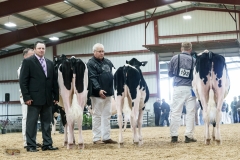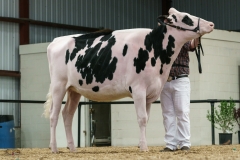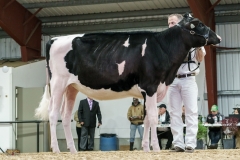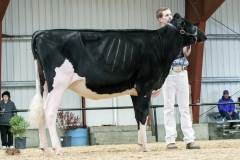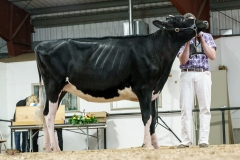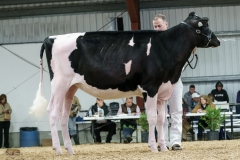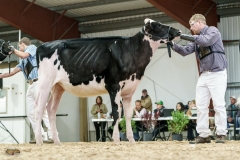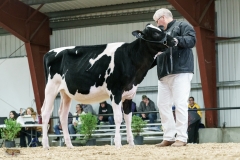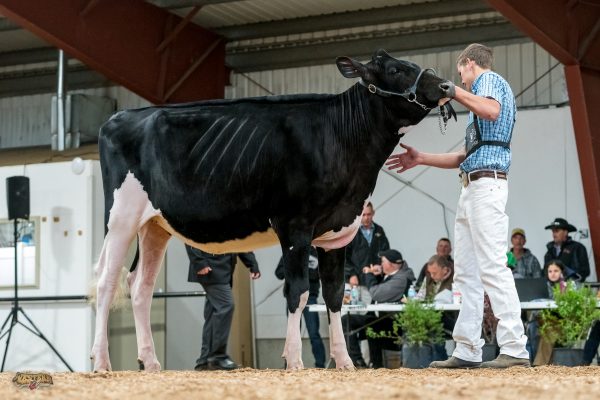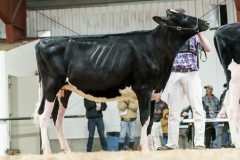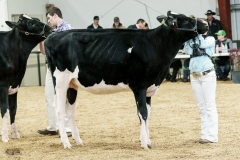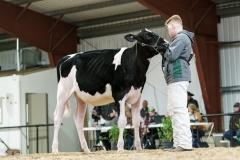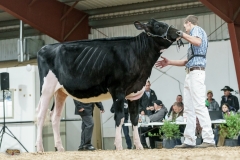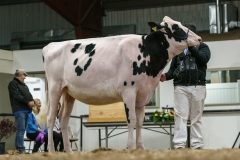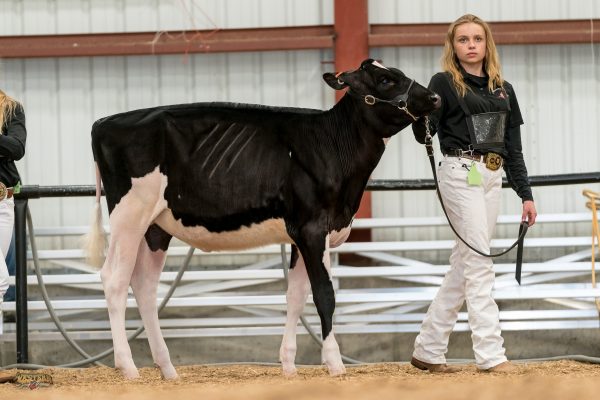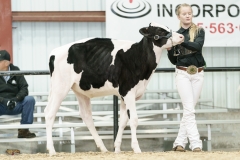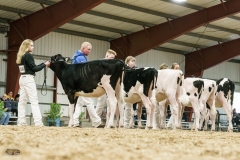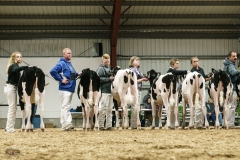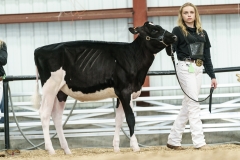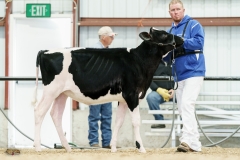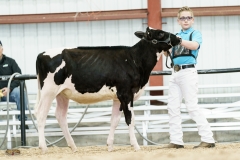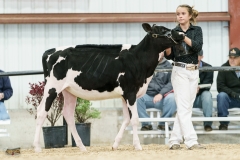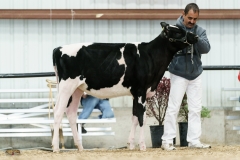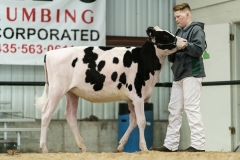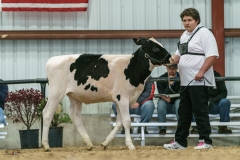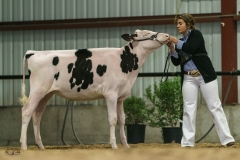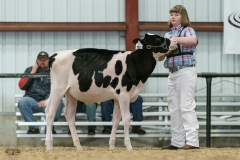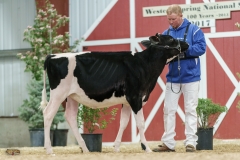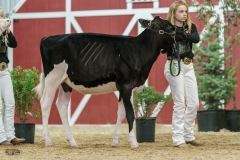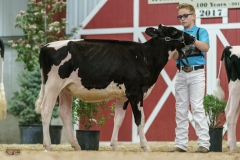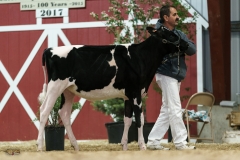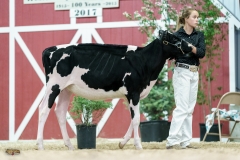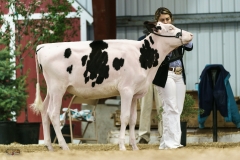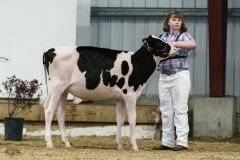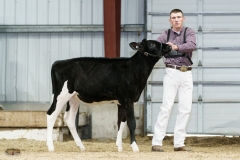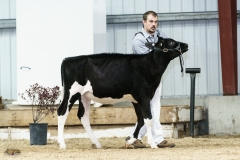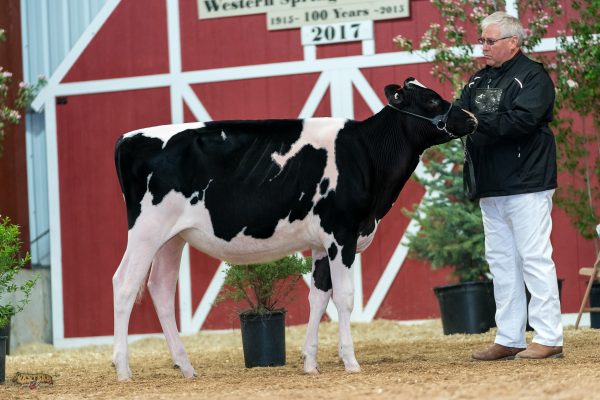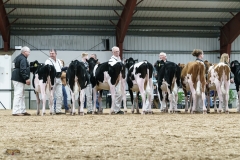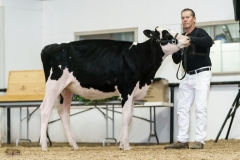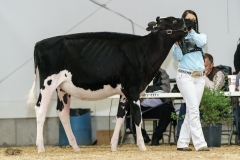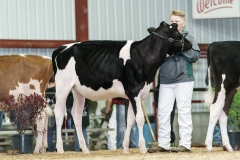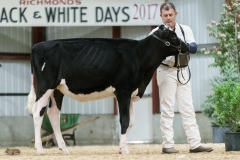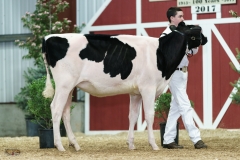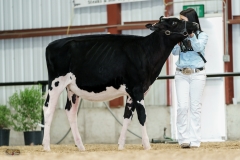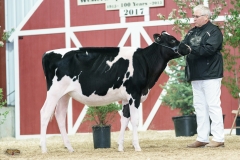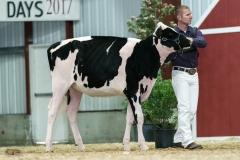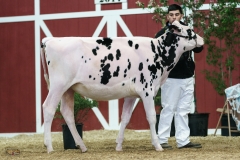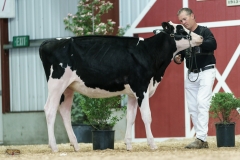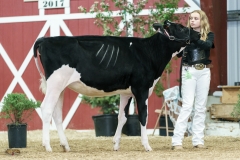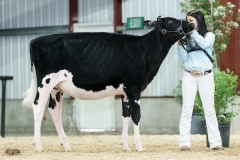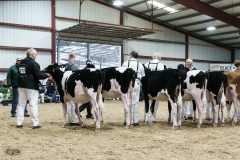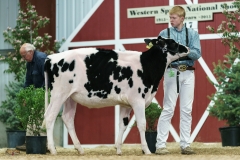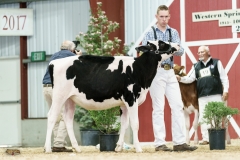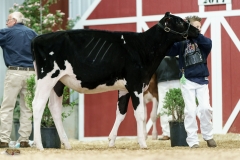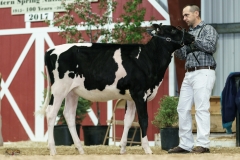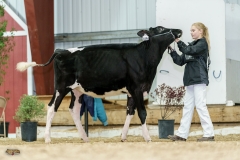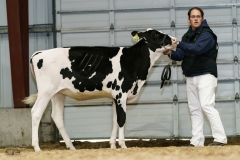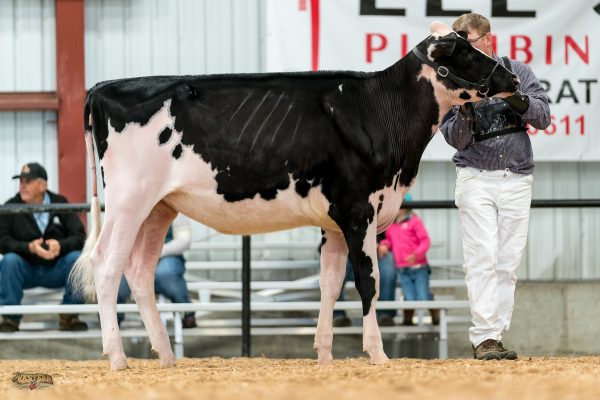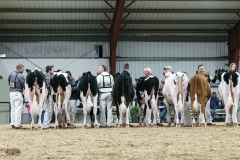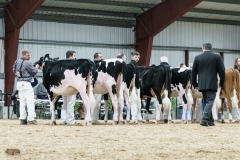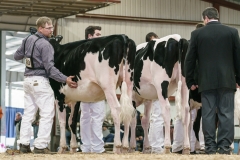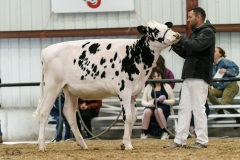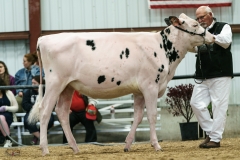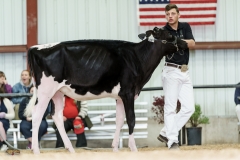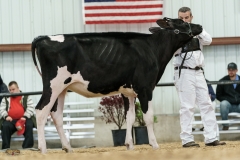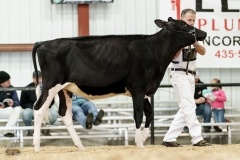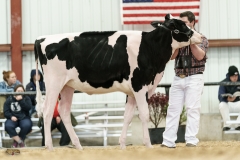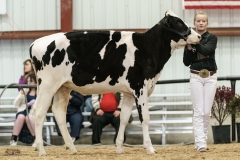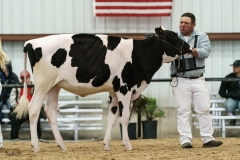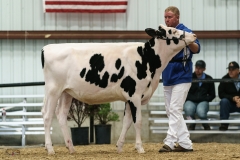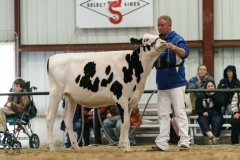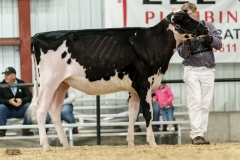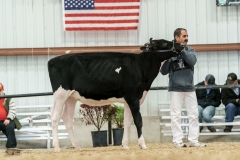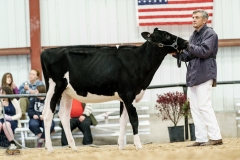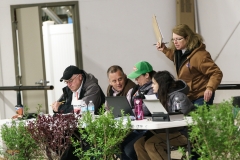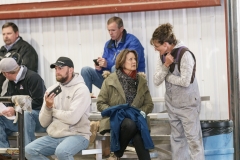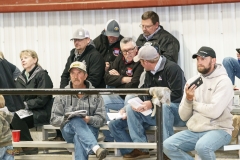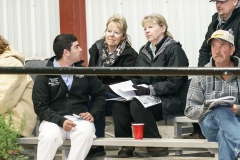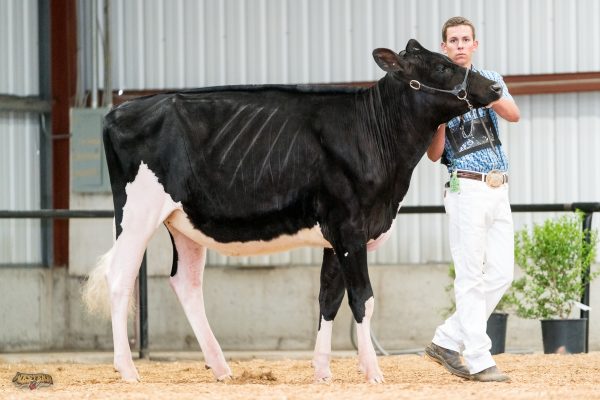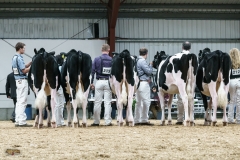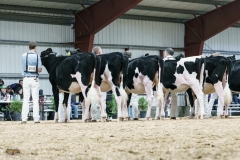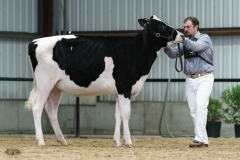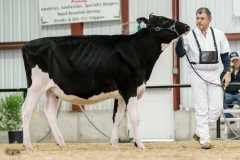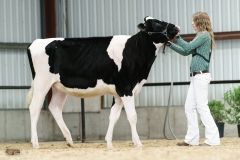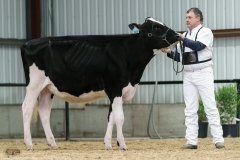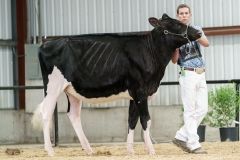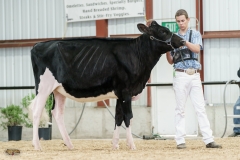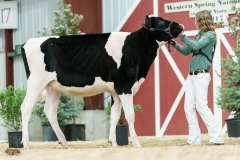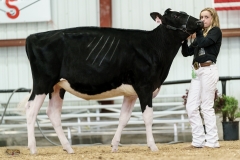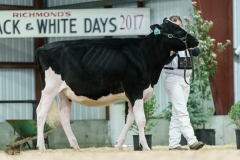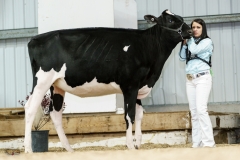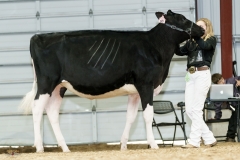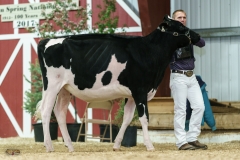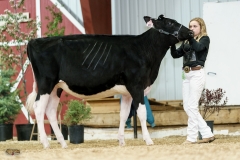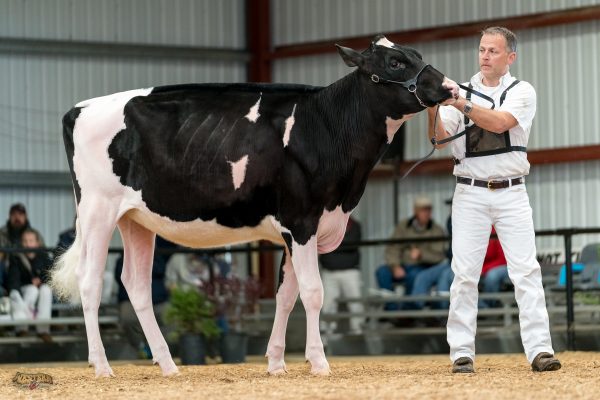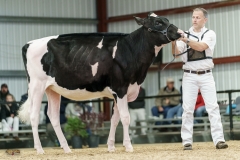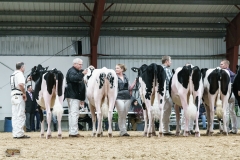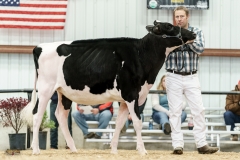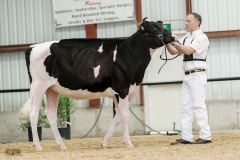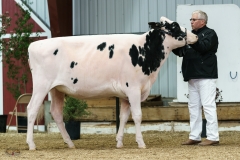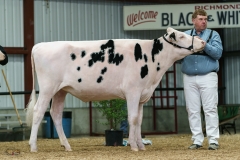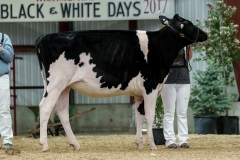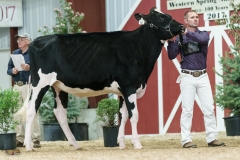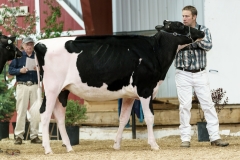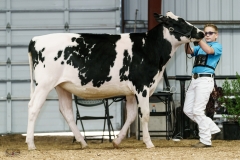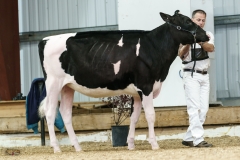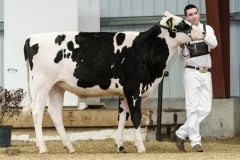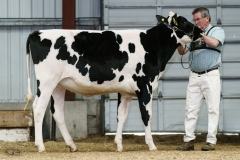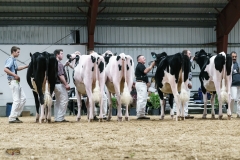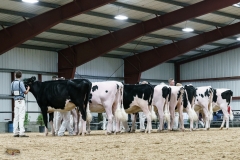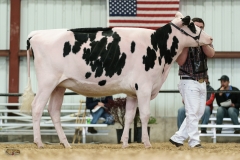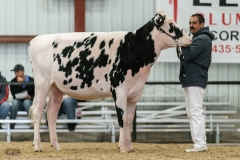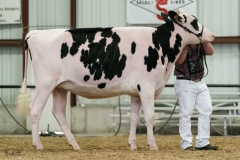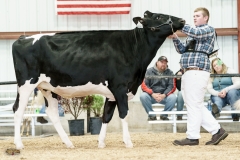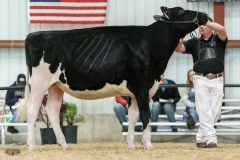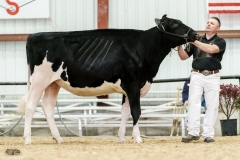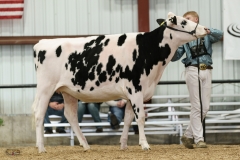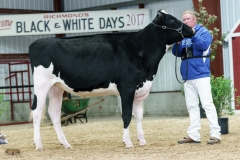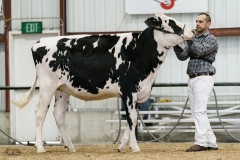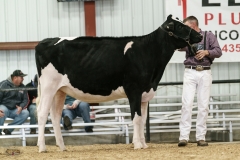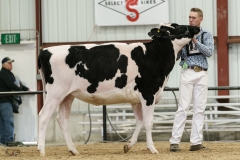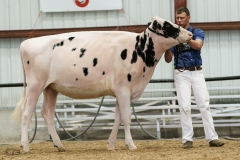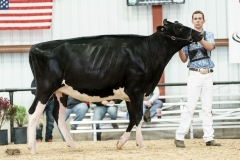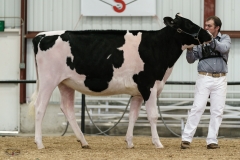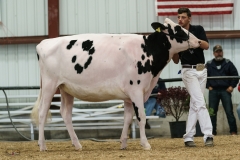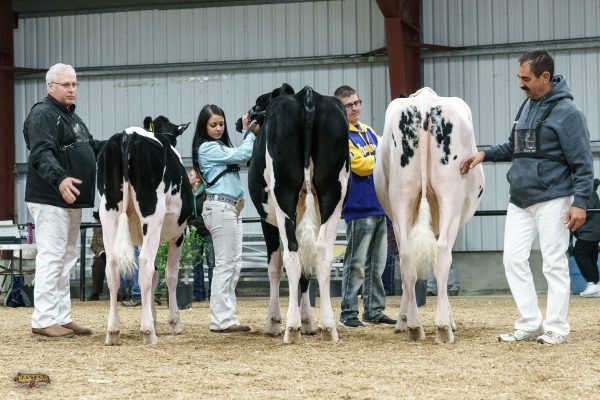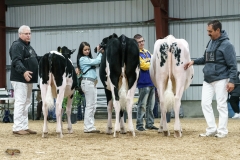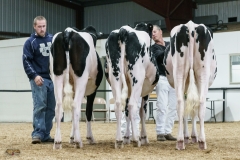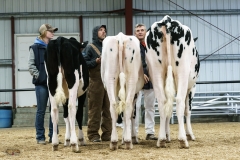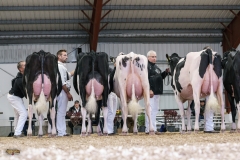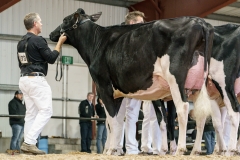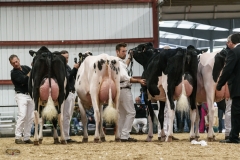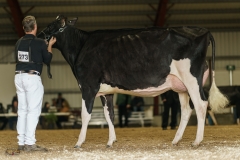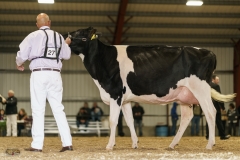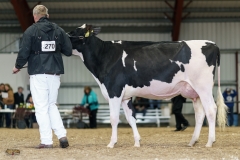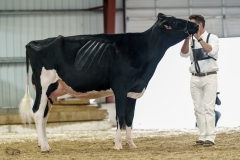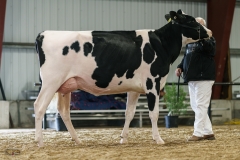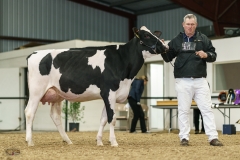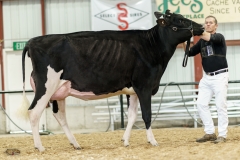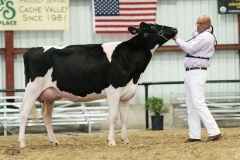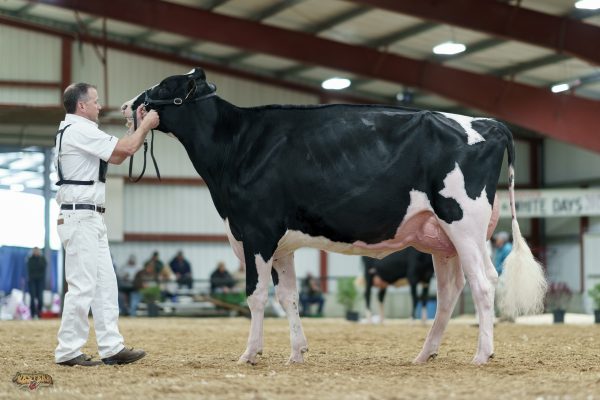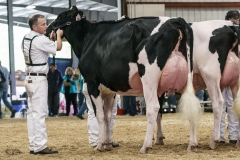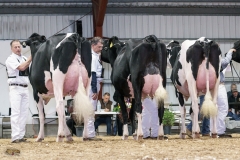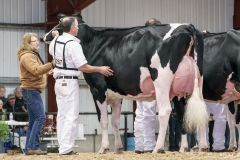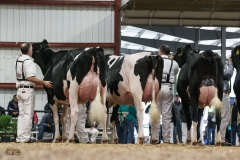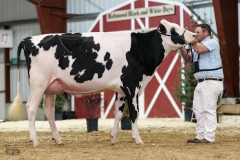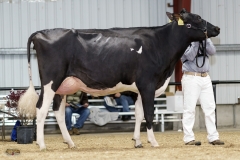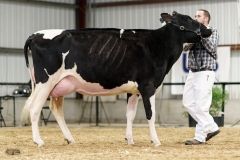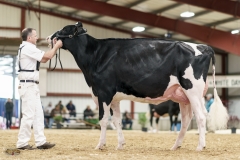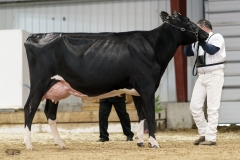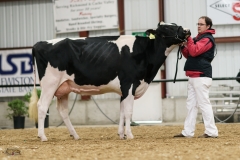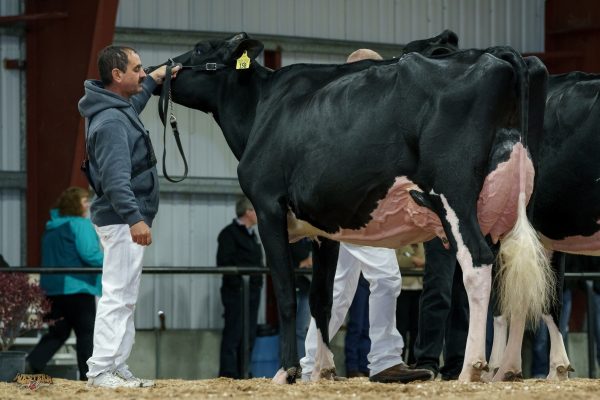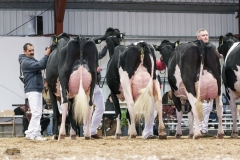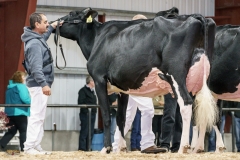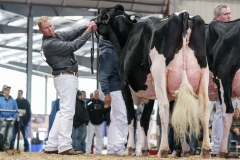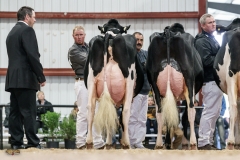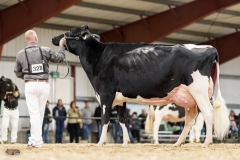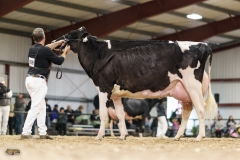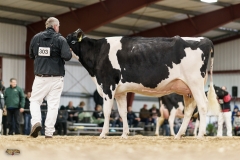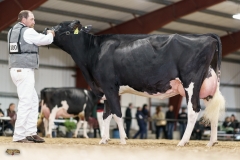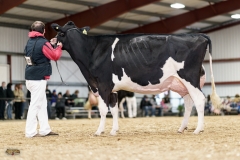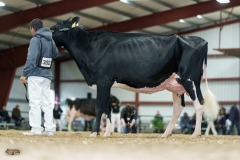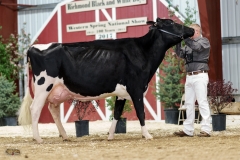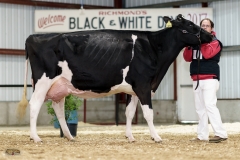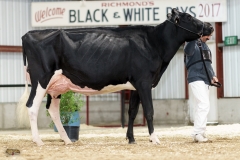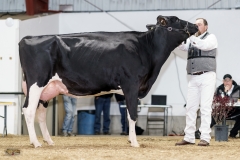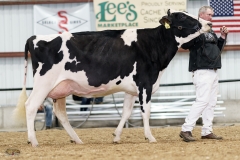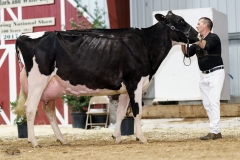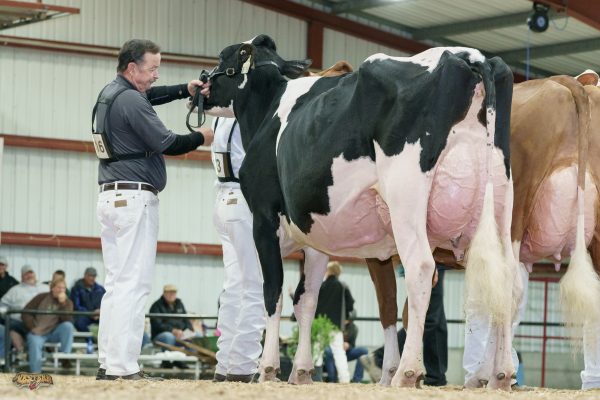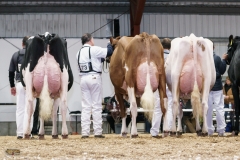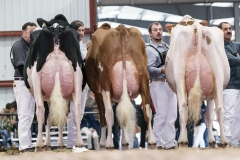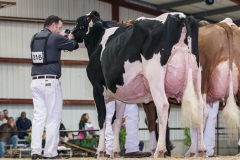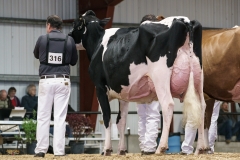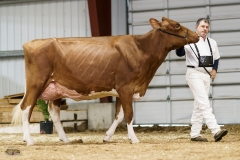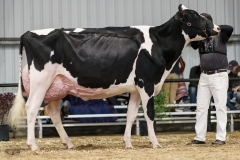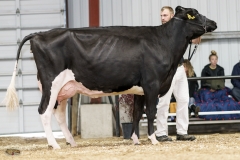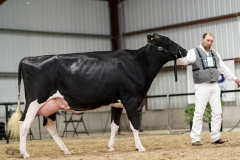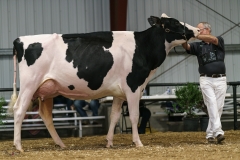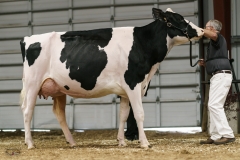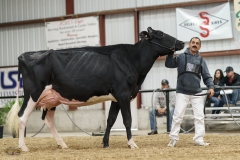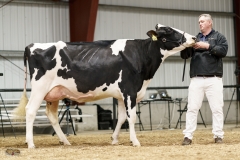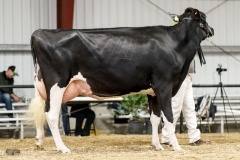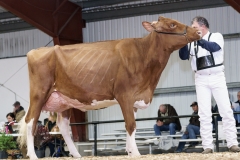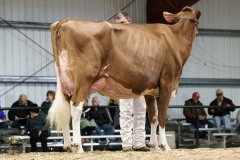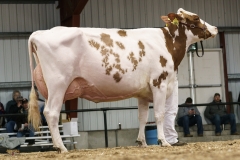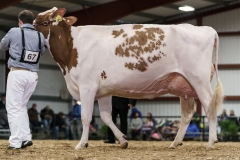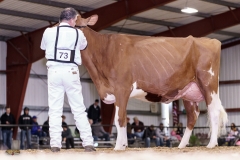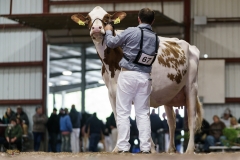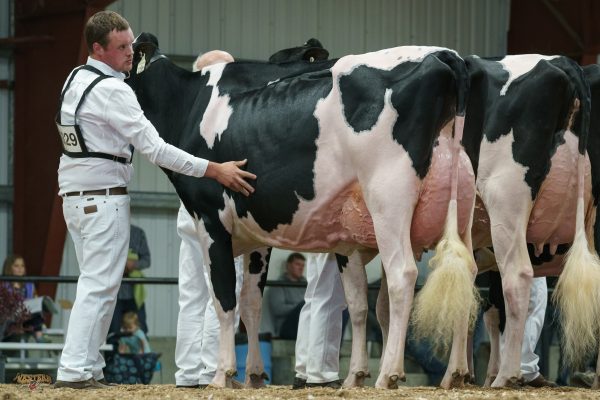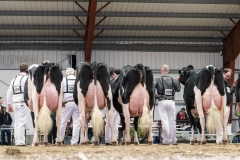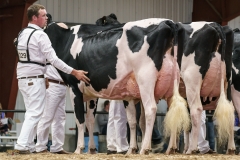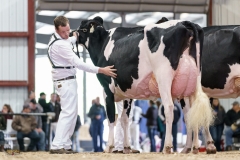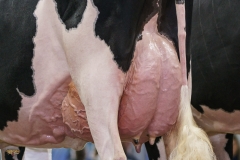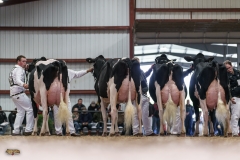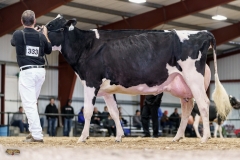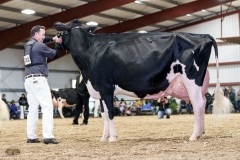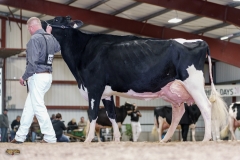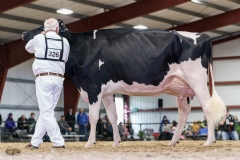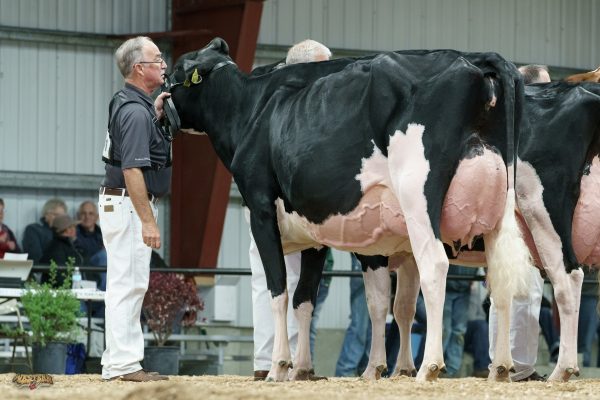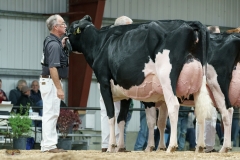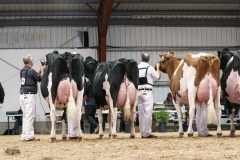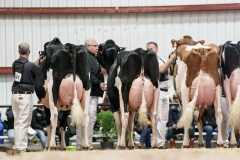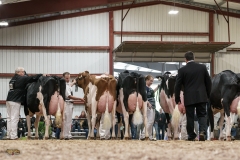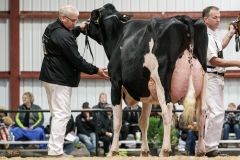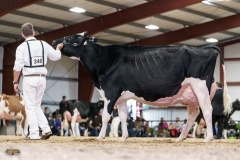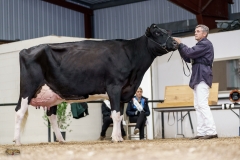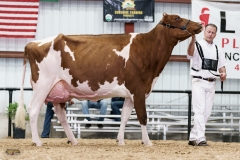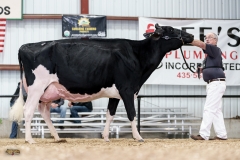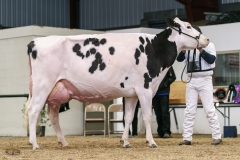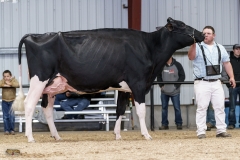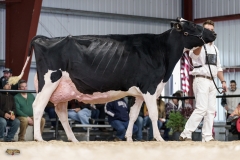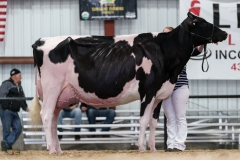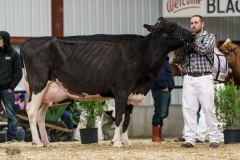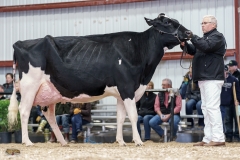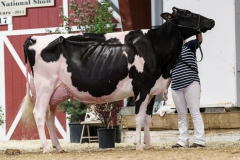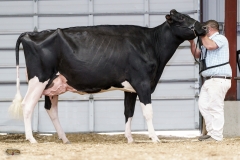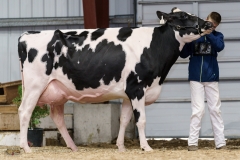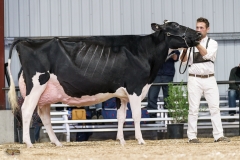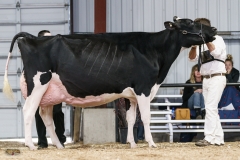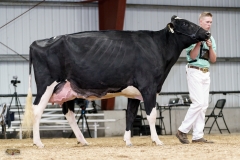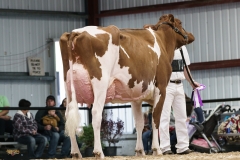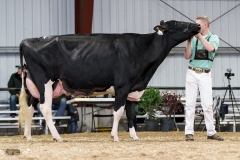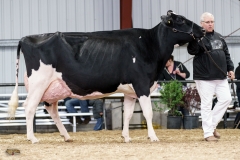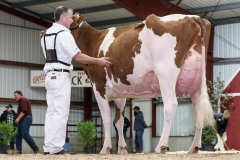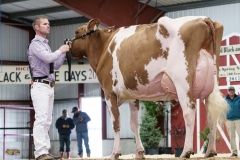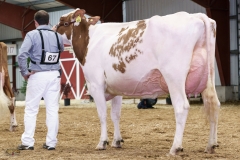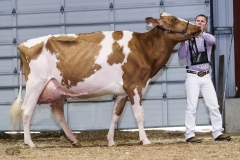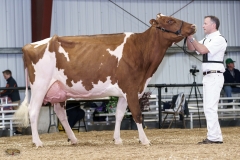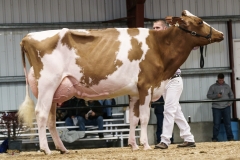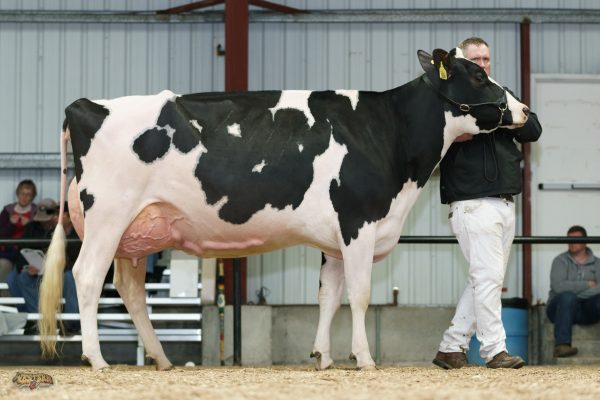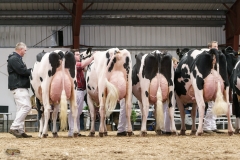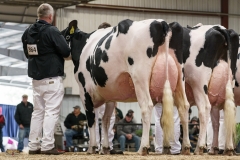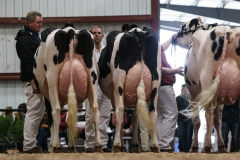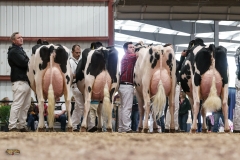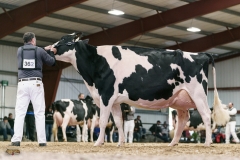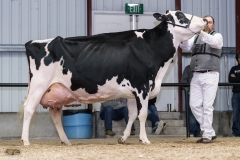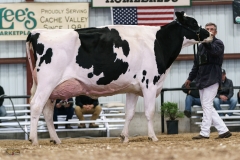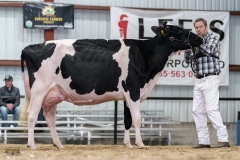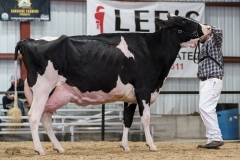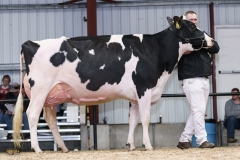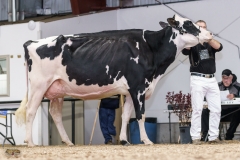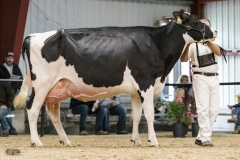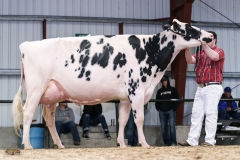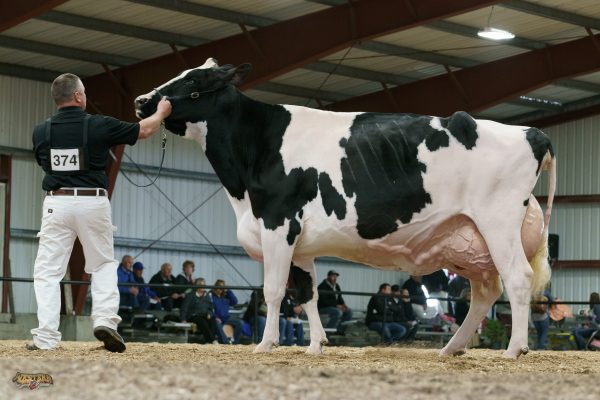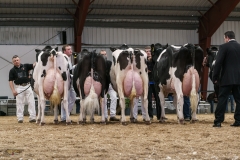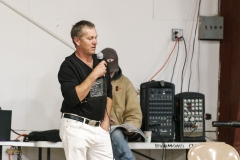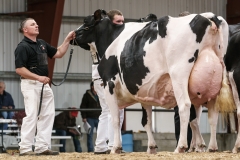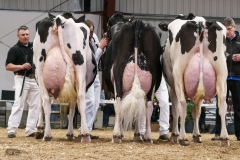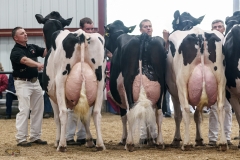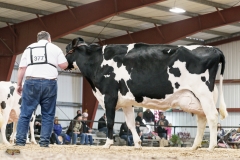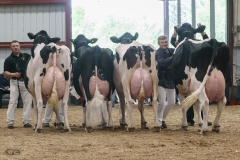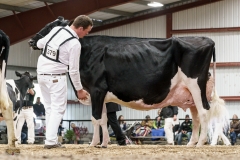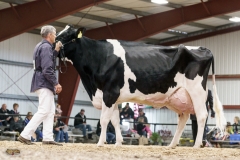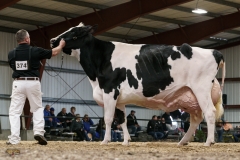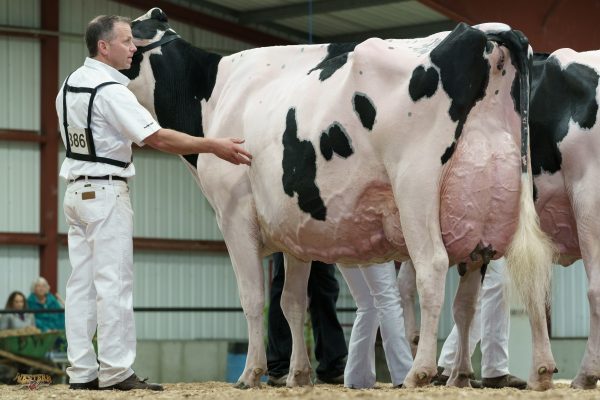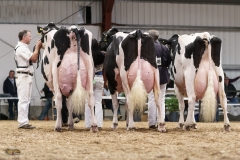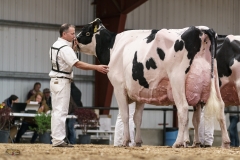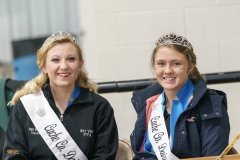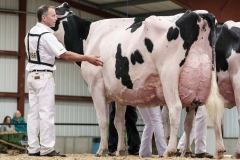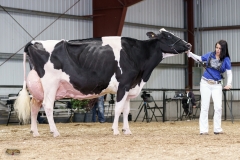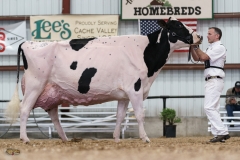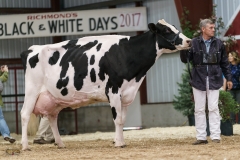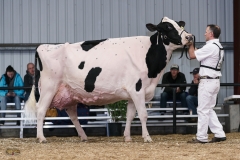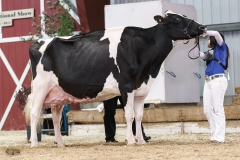From Hamilton, New Zealand to Grand Rapids, Michigan there appears to be an unsettling addition to the growing disconnect between the realities of farm life and city sensibilities. Headlines proclaim bullying, rejection from stores and verbal abuse as the new normal for city-country relations.
Who Is the Bully? Who is Being Bullied?
Regardless of when it happens, we are always dismayed to hear about bullying. When this headline “Dairy Farmers’ Children Bullied” came out of New Zealand, it struck a chord within the agricultural community.
Comments from DairyNZ chief executive Tim Mackle were reported in NZ Farmer. DairyNZ is the industry organization that represents all New Zealand dairy farmers. At a speech given at the organization’s Farmers Forum near Hamilton, Mackle said there had been “two or three incidents” of children who were being singled out in school because their parents were dairy farmers. He referred to it as: “The saddest story I’ve heard.” He concluded that the behavior was an indication of the negative treatment “many felt the industry was receiving from the media.” He added. “It’s fair to say that across the country, dairy farmers are feeling a bit beaten up right now and that’s been going on for the last 18 months.”
Halfway around the world in Grand Rapids Michigan dairy farmer, Leslie Van Houten Parrish, went to Facebook in outrage over her son being kicked out of a Lush Store. Here are the highlights from her post that has since gone viral.
“Her teen son was shopping for a gift for his girlfriend when an employee allegedly asked him to leave the high-end beauty retailer known for its “100 percent vegetarian” products. The 17-year-old, who was wearing clothes that indicated he worked on a dairy farm, was told the beauty retailer “didn’t support farmers and stood against cruelty to animals and refused to sell to him,” Van Houten Parrish said her son explained how his family’s farm goes “above and beyond to care and nurture our animals. “When the Lush employee refused to relent, Van Houten Parrish says her son said “I farm you eat!” before leaving. The angry mom says she will never shop at Lush again, and unleashed her fury on what she sees as the ignorance about the connection between farms and food.”
Is ignorance the problem?
We tend to brush off the occasional bad urban-rural interaction as ignorance. We glibly use the words that “They don’t know enough!” If that was the case, all we would have to do is inform critics loudly, clearly and often. The thing is ignorance is not really the problem between country and city. With the world of communication being what it is today, it isn’t that we don’t know about differences in our respective jobs and locations. The real problem is that city, and country lifestyles are so disconnected that too many think of all farmers … as dirty, poor people. Rather than an understanding of the nature of animal-based food production, our interactions are reduced to a quick judgment. It’s bad enough when it’s all in the mind, but in many cases, it’s all in the nose! “What’s that smell?” is the new country nose rage offense. Unfortunately, no concession is given to extenuating circumstances that might have brought the farmer to the store, bank or pharmacy before showering and changing from work clothes into shopping wear.
We don’t need to inform each other. We need to engage each other.
Although headlines grab attention, we need to recognize that the priority isn’t that we need to expose our sight and smell differences. It’s that we need to communicate our shared goals. The angry Mom in Michigan tried very passionately to state the farmer side of the issue. Her post said, “Maybe you don’t realize that the ingredients YOU USE (soy yogurt and soy milk) in your products are available because of FARMERS!!!*** I supported your business because you didn’t test on animals. We treat our animals with love and respect. But I refuse to support you when you can’t support those who help make your business profitable. This world needs farmers more than it needs bath bombs.” Mrs. Parrish later followed up after talking to the store’s manager. “At first he thought it was a miscommunication. But after telling him, it clearly wasn’t when the clerk made a statement to him ‘how would you like to be chained up most of your life?’ He was caught a little off guard. This was not what was told to him by the employees working that night. I am continuing to work with them to educate their staff.”.
Bully, Bullied or Bystanders.
Clearly in both instances described here, feeling “in the right” doesn’t make the inflicted adverse actions any more justifiable. In these instances and many more, disconnectedness causes and, unfortunately, encourages bullying of a targeted group. In this case, it’s farmers. We especially feel for the one being bullied. Even more so, because we too are part of that shrinking group. I always encourage reasonable people to ask the second question. “Are we willing to do anything about it or are we okay with remaining bystanders?” Do we or should we bully back? After all, it’s not hard to find instances of poor hygiene or fashion flops in city crowds. Or do we become enablers, simply standing by and bemoaning the ways of the world?
Disconnection Is Fertile Ground for Growing Lack of Trust
The most dangerous outcome of not trying to meet on common ground is that a lack of trust develops on both sides. In the Lush Store headline, the issue went beyond smell detection to blaming the identified farmer as an animal abuser. This radical leap is made too quickly by those who are at best three generations from the farm. On the farmer side of the equation, we are too quickly taking the position, which everyone on the “other” side is misjudging and abusing us! Neither position benefits consumers or animal agriculture.
Many farmers feel a great sense of frustration that people don’t understand how life, in general, is connected to life in the soil and life on the land.
Having said that, if something as simple as the smell can trigger abuse and rejection, the issues have gotten further than the mere excuse of not knowing where your food comes from. It isn’t lack of understanding. It is a lack of respect. Even worse, it’s the idea that expressing that respect in word or action is entirely acceptable.
What does it matter if people don’t understand where their food comes from?
I must admit there are many other occupations that I don’t understand. I drive a car. I live in a house. I read and work extensively on the Internet. Certainly, problems arise. However, I don’t believe it would serve my needs to attack all providers and malign them as a group. I don’t believe that, but I do acknowledge that seeds of dissension are happening much more often in today’s society. In politics, communities, schools and sports we first react with outrage and division. That is at the core of what is happening between consumers and farmers.
Conflict, frustration, depression, anger, and other miseries in life are but a symptom of our disconnectedness. It’s one thing when it’s just a headline that you’re reading. It’s another when it happens to someone you care about.
The Bullvine Bottom Line
No matter which category you fall into, bully, bullied or bystander, this response to city-country life comes at a high price. Not only does it point out a growing disconnection between food providers and consumers, but there is an increasing disconnection between two vital parts of the community. City-country cruelty hurts everybody!

Get original “Bullvine” content sent straight to your email inbox for free.





 Raised on a small mixed farm in Quebec, Devin Brennan, Principal – Ocresco & Associates Inc, studied at MacDonald Campus of McGill University where he received a diploma in agriculture and a BSc in animal science. Worked for ROP federal milk testing, then a large feed company, from there he Switzerland where he pursued post graduate studies in agriculture at the University of Zurich (ETH)while working at the research farm. Return to Canada in 1996, started a dairy nutrition/management consulting company which he managed with his partner until they sold in 2011. He continues to pursue an executive MBA part time, while working as an independent dairy management consultant focusing on financial efficiencies. He continues to work in nutrition with a select group of producers. Dairy consulting work has permitted him to travel internationally as well as working in many of our Canadian provinces.
Raised on a small mixed farm in Quebec, Devin Brennan, Principal – Ocresco & Associates Inc, studied at MacDonald Campus of McGill University where he received a diploma in agriculture and a BSc in animal science. Worked for ROP federal milk testing, then a large feed company, from there he Switzerland where he pursued post graduate studies in agriculture at the University of Zurich (ETH)while working at the research farm. Return to Canada in 1996, started a dairy nutrition/management consulting company which he managed with his partner until they sold in 2011. He continues to pursue an executive MBA part time, while working as an independent dairy management consultant focusing on financial efficiencies. He continues to work in nutrition with a select group of producers. Dairy consulting work has permitted him to travel internationally as well as working in many of our Canadian provinces.

